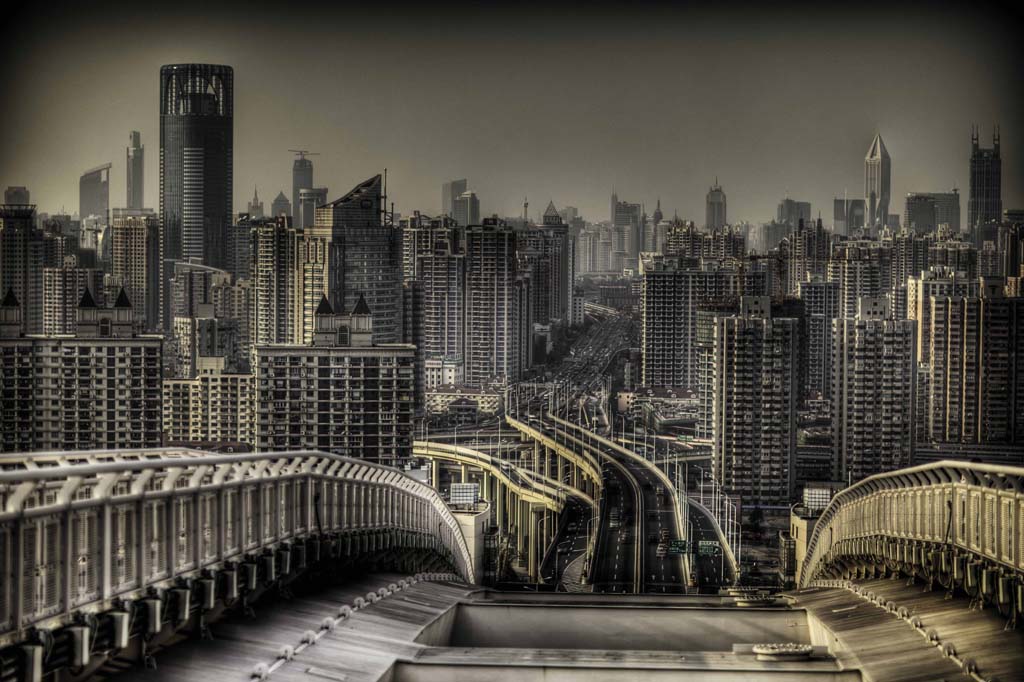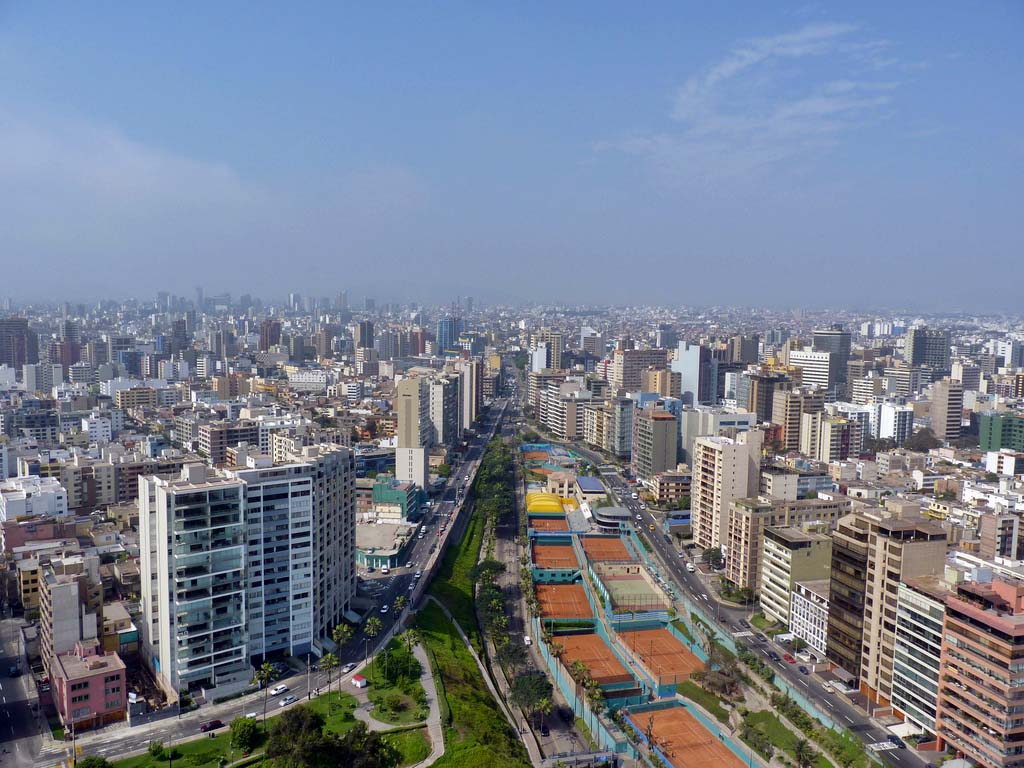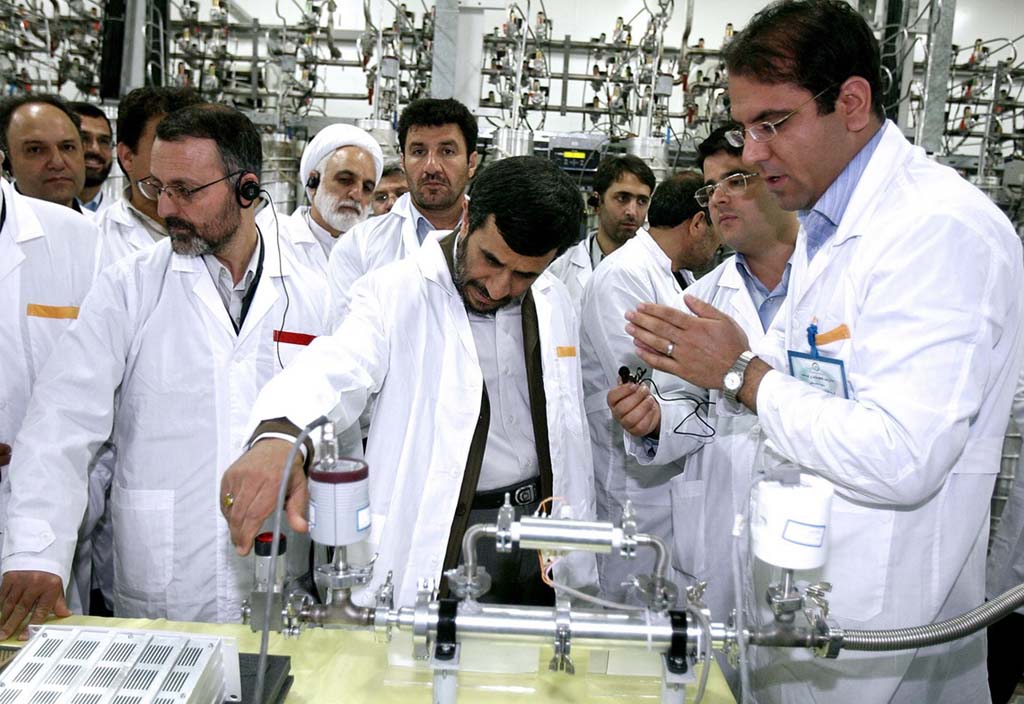Urbanization has been the engine of modernization in Europe. For most citizens today, every event from birth to the grave including education, marriage, work and leisure, occur in cities. Cities are mirrors of cultures and regimes.
McKinsey’s report entitled “Urban World: The Shifting Global Business Landscape” predicts the changes of the major cities in the next decade. According to the report, there are 8,000 companies that account for 90% of the total world GDP and third of those companies are located in 20 major cities that generate 40% of their revenue. McKinsey’s forecast shows that by 2025, there will be 15,000 companies to have headquarters in 330 cities, and 40% of these companies will be located in emerging economies. Additionally, according to UN’s estimations, between 2010 and 2050, over 40% of the world’s population will be living in cities.
Other studies, such as the UN Habitat: State of the World’s Cities 2012/2013, present a prosperity framework which tries to achieve equitable distribution; where poverty is reduced, minorities have rights, genders have equal participation, energy is used efficiently and the quality of environment is increased.
The UN also presents some facts regarding the rise in productivity with urbanization and they find two general categories of factors that affect productivity: external factors that give comparative advantage and production factors. The first factor discusses economies of scale and agglomeration economies (matching, sharing, learning); and the second factor discusses technical efficiency, institutional scaffolding, quality of life, learning-based efficiency and vision. The UN also finds the perfect mix of policy-related factors in which management and planning are effective, ruling is decentralized to institutions, local officials are elected, and a business environment is favorable. Some cities already have these factors that can also be implemented in emerging cities. However, while some regions might fail to follow technological reforms, which shift labor structures with industrialization creating new classes as engineers, a more significant problem is the adaptation speed, which varies among different cities.
Cities are competing economically to attract more financial investment, and in turn we have started to live in hubs for the interests of a few dominant companies, not necessarily for ourselves. As a result, we are heading to a more liberalized global system where urban ecosystems might differ from one location to another. Therefore, the question that arises is whether states should govern as they do today or adopt the city-state model. Hence, marking clear boundaries of cities seem to be an issue that leads researchers to discuss the idea of “mega-regions”.
Mega-regions are integrated sets of cities where labor and capital can be reallocated at a very low cost. In this futuristic outlook, it is safe to assume there will be inter-city and inter-region economies, which will be ruled by the local governments. As a consequence, policy makers are trying to develop “regional governance” mechanisms. People could choose to live in isolated cities with global economic ties and prosperity. Indeed, mega-regions and urban corridors generate regional economies and trigger the evolution of new patterns of economic activity.
Jeremy Rifkin’s book, Zero Marginal Cost Society, tries to predict the rise of the global collaborative commons and the eclipse of capitalism with an Internet of things. Hence, the future can also occur differently than previously discussed because some companies and even countries may have problems to chase the innovation. The biggest problem occurs if innovation is directly related to the labor mechanisms. The distribution and redistribution becomes almost impossible if you cannot be on the cusp of innovation. As a hypothetical example, in the next few years, production may occur in unified factories, which will make everything efficiently. Tesla Motor’s Fremont factory already shows several differentiations from what is known as “Fordism”, with cars no longer assembled on the lines but by multi-functioning robots switching three different functioning arms to produce the car from top to bottom. Tesla’s robots’ key differentiating factor is their “brain”, which, while versatile, still requires someone to teach them how to screw or weld parts.
Several other companies, including Google, are researching machine learning. Soon, production will be carried out by multi-functioning collaborating robots combined with artificial intelligence, resulting in a replacement of the majority of the labor force. 3-D printing technology has already revolutionized production methodology. Now people can design a product, print, test and if it seems successful, they can order mass production. Therefore, creative environments have become a major element of urban ecosystems. The UN lists factors that are affecting the creative environment of a city: locational advantages, knowledge networks, culture, economic environment, organizational factors and state/government interventions. In consequence, several cities will have advantages over others, and only the most creative environment will have standout success.
According to Andrew Goudie, R.J. Johnston, Peter. J. Taylor, Michael Watts, Eckart Ehlers and Thomas Krafft, mega-cities face five different changes: geo-ecological, geo-economic, geo-social, geo-cultural and geo-political. The top 20 major cities are facing all of them. These changes have negative and positive impacts. Frauke Kraas lists some major benefits of mega cities including: economic intersections, agglomeration economics, growth of productivity, growth of creativity and synergic innovations. Therefore, various problems, such as loss of social coherence, social disorganizations, injustice, and loss of representation, should be solved.
Thus, to have a more balanced worldwide economy, inter-city developments should be achieved before chasing innovation becomes impossible. After all, people are becoming migrant and more digital, and are likely to choose the best opportunities for themselves. It is clear that liberalized cities’ market mechanisms will govern the future and the transformation and adaptation may create more wealth distribution problems worldwide. Nevertheless, these movements may create advantages for some cities over others where every production or innovation occurs only in certain places by certain people.











